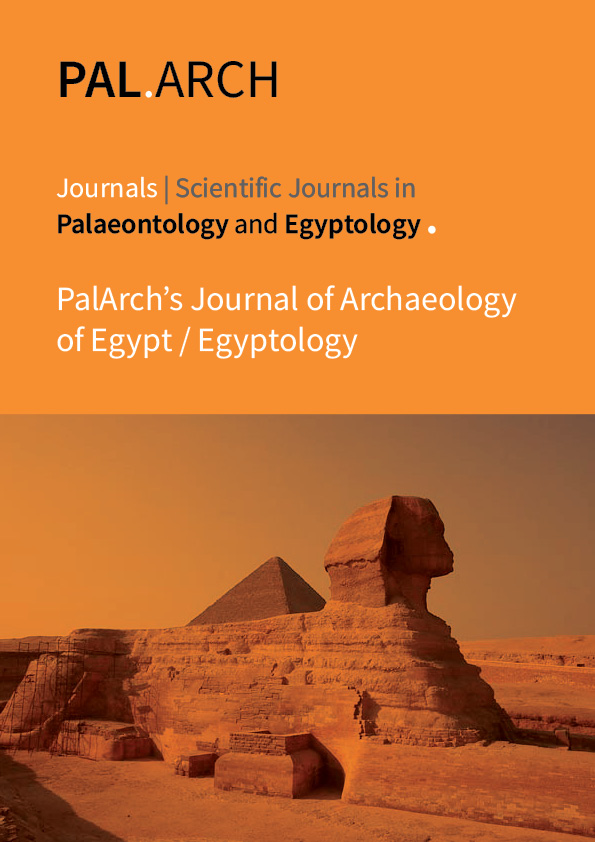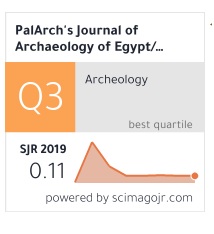AUXILIARY VERBS IN KOREAN LANGUAGE THAT MEAN COMPLETION, PRESERVATION, REPETITION, AND INTENSIFICATION
Abstract
In clearly defining the semantic and functional properties of auxiliary verbs, it is expedient
to shed light on the process of action and the different manifestations of the situation. In this case, it
is important to study auxiliary verbs with the meaning of the action process, the completion of the
action, the duration of the completed action, the completeness of the action, the intensity of the action,
the implementation of the action in a short time, the stability of the situation.
Auxiliary verbs indicating the process and state of action include 가다 [gada], 오다 [oda], - 고
있다 [-go itta], - 아/ 어 / 여있다 [-a / o / yo itta], 두다 [duda], Verbs such as 놓다 [nohda], 버리다
[beorida], 내다 [naeda], 나다 [nada], 대다 [daeda] can be included. This article is devoted to the
analysis of auxiliary verbs that express the meanings of completion, preservation, repetition, and
intensification in Korean language.



